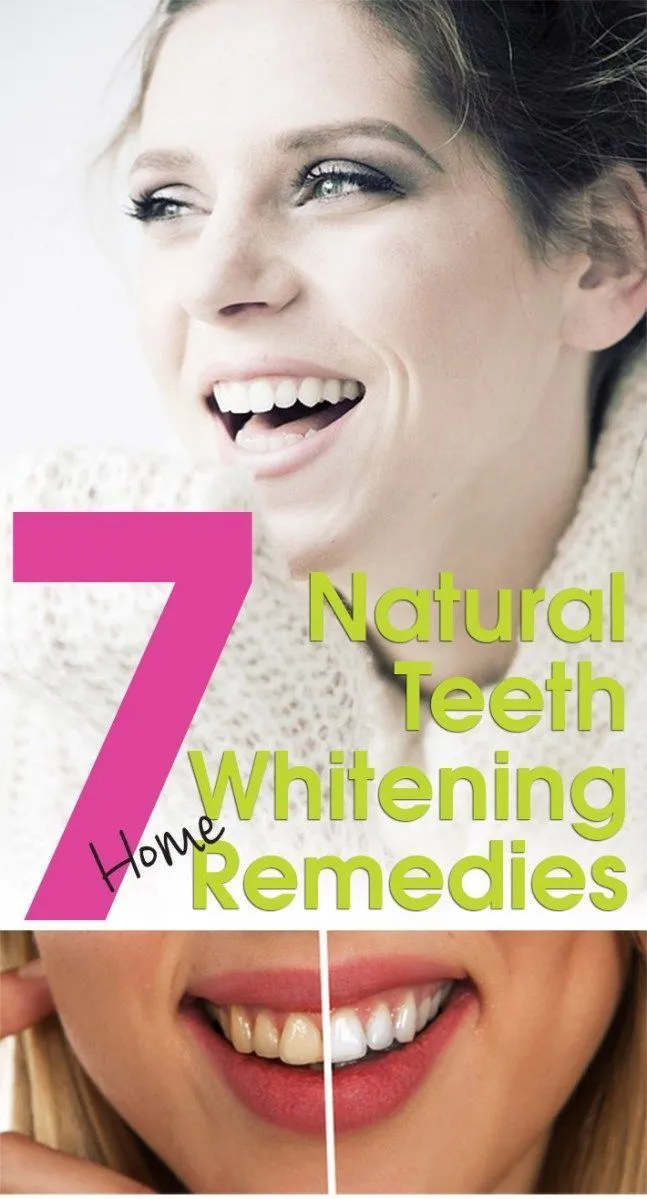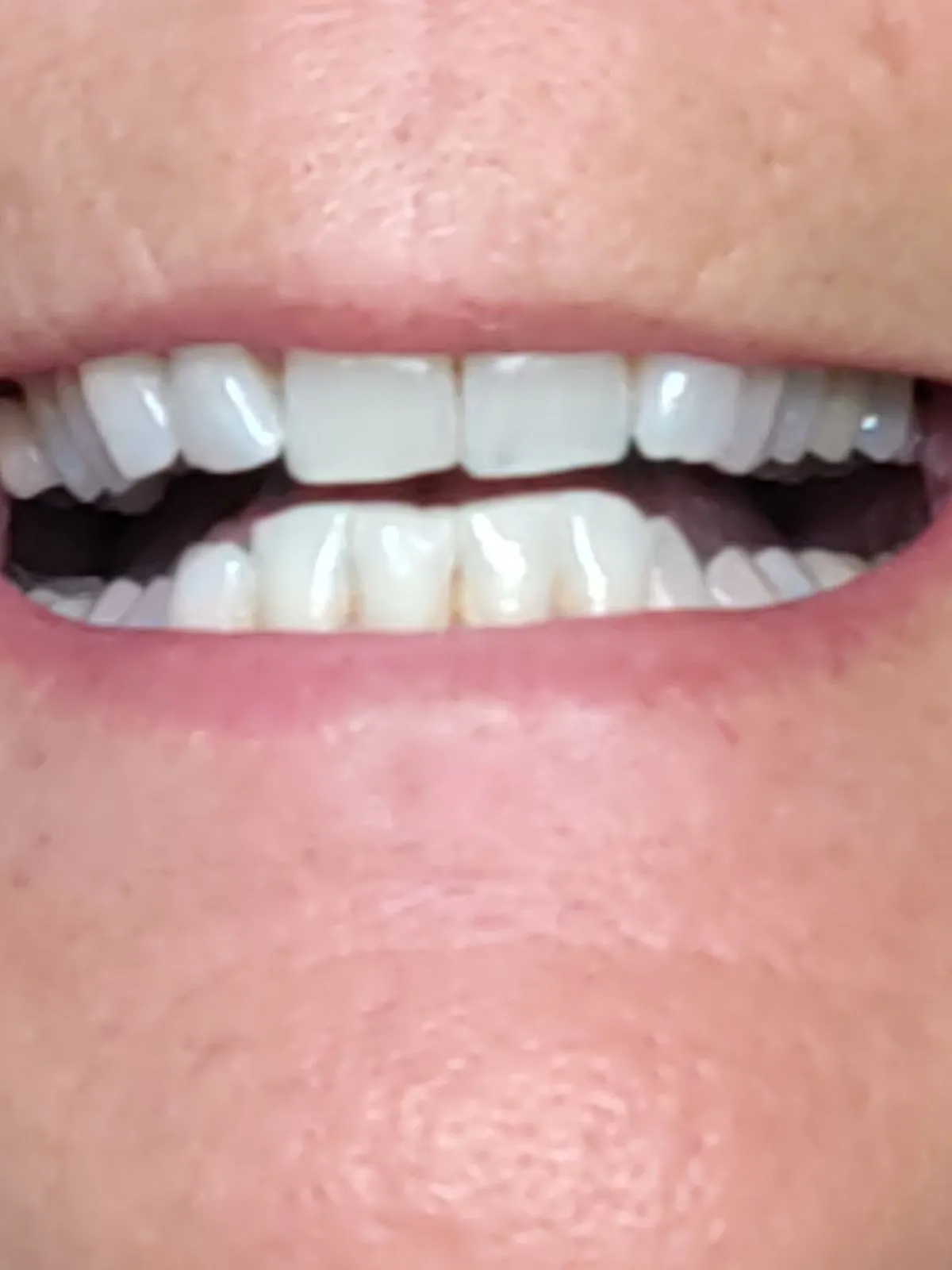What is Honey and Why Use It?
Honey, a sweet, viscous food substance produced by bees, has been used for centuries for its medicinal properties. Beyond its delicious taste, honey possesses antibacterial, anti-inflammatory, and antioxidant qualities. These properties make it a popular ingredient in various health and beauty treatments. In the context of teeth whitening, honey’s potential is linked to its antibacterial action, which helps in reducing plaque buildup and the presence of stains. Furthermore, honey’s natural enzymes contribute to a cleaner mouth environment, possibly assisting in the gradual lightening of teeth. The allure of using honey for teeth whitening lies in its natural and gentle approach, contrasting with the harsh chemicals found in many commercial products. Choosing honey offers a more holistic and potentially safer alternative for maintaining a brighter smile.
The Whitening Properties of Honey
The effectiveness of honey in teeth whitening primarily stems from its multifaceted composition. Honey contains hydrogen peroxide, a mild bleaching agent that can help lighten tooth enamel. However, the concentration of hydrogen peroxide in honey is relatively low compared to commercial whitening products, making the whitening process gradual and gentle. Beyond hydrogen peroxide, honey’s antibacterial properties play a crucial role. By eliminating bacteria and reducing plaque, honey prevents the accumulation of staining agents. The antioxidant content in honey also protects teeth from oxidative damage, which can contribute to discoloration. Furthermore, the presence of natural enzymes in honey contributes to the overall health of the oral cavity, fostering an environment less conducive to staining. While the direct whitening effect of honey might be subtle, these combined properties contribute to a healthier, brighter smile over time, making it a viable natural teeth whitening solution.
Raw Honey vs Processed Honey

When considering honey for teeth whitening, the type of honey you choose can influence its effectiveness. Raw honey, which has not been processed, retains more of its natural enzymes, antioxidants, and antibacterial properties. These components are beneficial for oral health and contribute to the teeth-whitening process. Processed honey, on the other hand, undergoes heat treatment and filtration, which can diminish these valuable compounds. Choosing raw honey maximizes the benefits for teeth whitening. Raw honey’s texture and consistency also often make it easier to apply directly to teeth. Furthermore, raw honey typically contains a higher concentration of pollen, which can act as a gentle abrasive, aiding in removing surface stains. Therefore, if you’re opting for honey teeth whitening, raw, unprocessed honey is the superior choice, offering the most potent natural elements for a healthier, brighter smile. Always select raw honey to get the best results.
Step-by-Step Guide to Honey Teeth Whitening
Whitening your teeth with honey is a simple and natural process. Following a structured approach ensures that you maximize the benefits while minimizing any potential risks. Proper preparation, application, and aftercare are key components. Always start with a clean mouth for optimal results. This guide provides a straightforward method for incorporating honey into your oral hygiene routine. Consistency and patience are essential, as natural methods often produce gradual changes. By adhering to this step-by-step process, you can harness the power of honey to brighten your smile safely and effectively. Remember to choose raw honey to get the best results and enjoy the process of achieving a naturally whiter and healthier smile.
Preparing Your Teeth for Whitening
Before applying honey for teeth whitening, proper preparation is crucial. Start by brushing your teeth thoroughly with a soft-bristled toothbrush and fluoride toothpaste. This initial step removes surface debris and plaque, creating a clean base for the honey to work on. Flossing is also essential to eliminate any food particles or buildup between your teeth. This not only improves the effectiveness of the honey but also promotes overall oral health. Rinsing your mouth with water after brushing and flossing helps to remove any lingering toothpaste and debris. Ensuring your teeth are clean before applying honey guarantees that the natural properties can directly interact with your enamel. This initial preparation ensures the whitening process is effective and enhances the benefits of using honey.
Applying the Honey

After preparing your teeth, the application of honey is the next step. Take a small amount of raw honey, ideally about a teaspoon, and place it on your toothbrush. Gently brush your teeth with the honey, ensuring that all surfaces are covered. Pay particular attention to areas with visible stains or discoloration. Allow the honey to sit on your teeth for about 5-10 minutes. During this time, the natural enzymes and mild bleaching agents in the honey can work their magic. Avoid excessive pressure while brushing to prevent enamel damage. The consistency of raw honey allows for better contact with the teeth, ensuring the active compounds are evenly distributed. This is a crucial step in harnessing the whitening power of honey, so proper application is key.
Rinsing and Aftercare
Once the honey has been applied for the recommended time, the final step is rinsing and aftercare. Rinse your mouth thoroughly with water to remove any remaining honey. You may also brush your teeth again with your regular toothpaste to remove any stickiness. Proper rinsing and aftercare prevent any sugar buildup, which could counteract the benefits. It’s also a good practice to avoid consuming staining foods or drinks, such as coffee, tea, and red wine, immediately after the honey treatment. By following these aftercare steps, you maintain the cleanliness of your teeth and maximize the benefits of the honey teeth whitening process. Proper rinsing and care ensure that your teeth remain healthy and your smile stays bright. Repeating this process regularly, while practicing good oral hygiene, can significantly improve teeth whiteness.
Alternative Natural Teeth Whitening Methods
While honey can be a natural solution for teeth whitening, combining it with other natural remedies can further enhance its effectiveness. Several ingredients have proven to be effective when used in conjunction with honey. The combined use of these ingredients provides multiple advantages, from improving whitening to boosting overall oral health. Consider these combinations to elevate your natural teeth whitening efforts, ensuring that your teeth remain bright, clean, and healthy.
Baking Soda and Honey

Combining baking soda and honey creates a powerful natural teeth-whitening mixture. Baking soda acts as a gentle abrasive, helping to remove surface stains, while honey contributes its antibacterial and whitening properties. To use this combination, mix a small amount of baking soda with honey to form a paste. Gently brush your teeth with this mixture for about one to two minutes. Rinse thoroughly after use. Be cautious not to overuse baking soda, as excessive abrasion can damage enamel. The combination of baking soda and honey amplifies the whitening effect. This method offers a potent, yet natural, solution for achieving a brighter smile, helping to maintain the overall health of your teeth.
Coconut Oil Pulling and Honey
Coconut oil pulling involves swishing coconut oil in your mouth to remove bacteria and toxins. Combining it with honey adds another layer of benefits for teeth whitening. Swish one tablespoon of coconut oil mixed with a teaspoon of honey in your mouth for 10-15 minutes daily. This practice not only helps in whitening your teeth but also improves overall oral health by reducing plaque and promoting gum health. The antibacterial properties of honey combined with the cleansing action of coconut oil create a comprehensive teeth-whitening routine. Coconut oil pulls out impurities, while honey helps reduce bacteria and stains. This method provides a thorough and effective approach to achieving a whiter and healthier smile, supporting both the aesthetic and health aspects of oral care. The combined effect of coconut oil and honey offers a holistic approach to oral hygiene.
Important Considerations and Precautions
When considering honey for teeth whitening, it is important to be aware of certain factors and take necessary precautions to avoid any adverse effects. While honey is a natural substance, it is still crucial to approach this method with care. Understanding these considerations will help you achieve a brighter smile safely and effectively. Always ensure you are using high-quality raw honey, as it is the most beneficial. Regular monitoring of your teeth is essential to catch any problems early. Careful preparation and consistent monitoring ensure the best results while minimizing potential risks, promoting healthier teeth.
Potential Risks and Side Effects

Although honey is a natural substance, using it for teeth whitening can still have potential risks and side effects. One concern is the sugar content in honey, which, if not properly rinsed, can contribute to tooth decay. Another risk is that honey might not be as effective as commercial teeth whitening products. Overuse can potentially lead to enamel erosion, particularly if you apply honey excessively. Additionally, people with allergies to honey or pollen might experience adverse reactions. Always monitor your teeth for any signs of sensitivity or discomfort. If you experience any issues, discontinue use and consult a dentist. Being aware of these risks helps to make the most of the natural properties of honey for teeth whitening.
Realistic Expectations for Teeth Whitening
When using honey for teeth whitening, setting realistic expectations is crucial. Natural methods such as using honey often produce gradual results, unlike the immediate effects seen with professional treatments or aggressive commercial products. The extent of teeth whitening varies depending on factors such as the initial shade of your teeth, the frequency of honey usage, and your overall oral hygiene. While honey can help reduce surface stains and brighten your smile, it is not a quick fix. Patience and consistency are key. Incorporate honey into your routine for several weeks or months to see noticeable improvements. Managing your expectations ensures that you stay motivated and satisfied with the results, emphasizing the importance of a holistic approach to oral health.
Conclusion
Using honey for teeth whitening offers a natural and gentle approach to achieving a brighter smile. By understanding the benefits of honey, following a step-by-step guide, and considering important precautions, you can incorporate this method into your oral hygiene routine. While results may not be as rapid as with professional treatments, the consistent use of honey, coupled with proper oral hygiene practices, can lead to noticeable improvements in the brightness and health of your teeth. Remember to use raw honey for optimal results and to set realistic expectations. Embrace the journey of natural teeth whitening and enjoy the benefits of a healthier, more radiant smile. The natural approach of honey provides a sustainable way to enhance your oral health, emphasizing the importance of holistic dental care.
